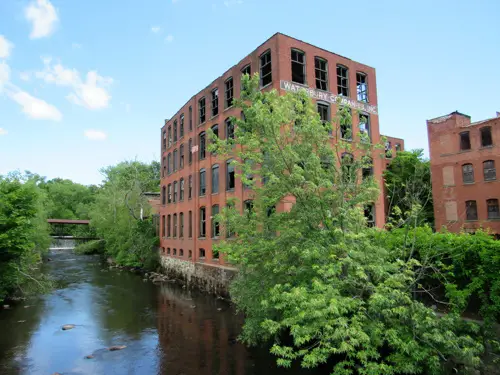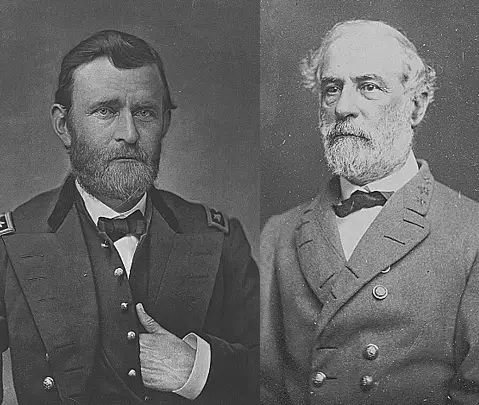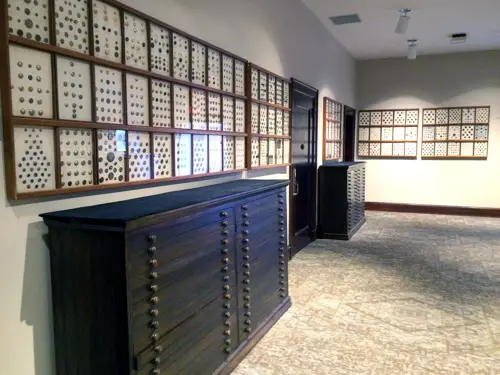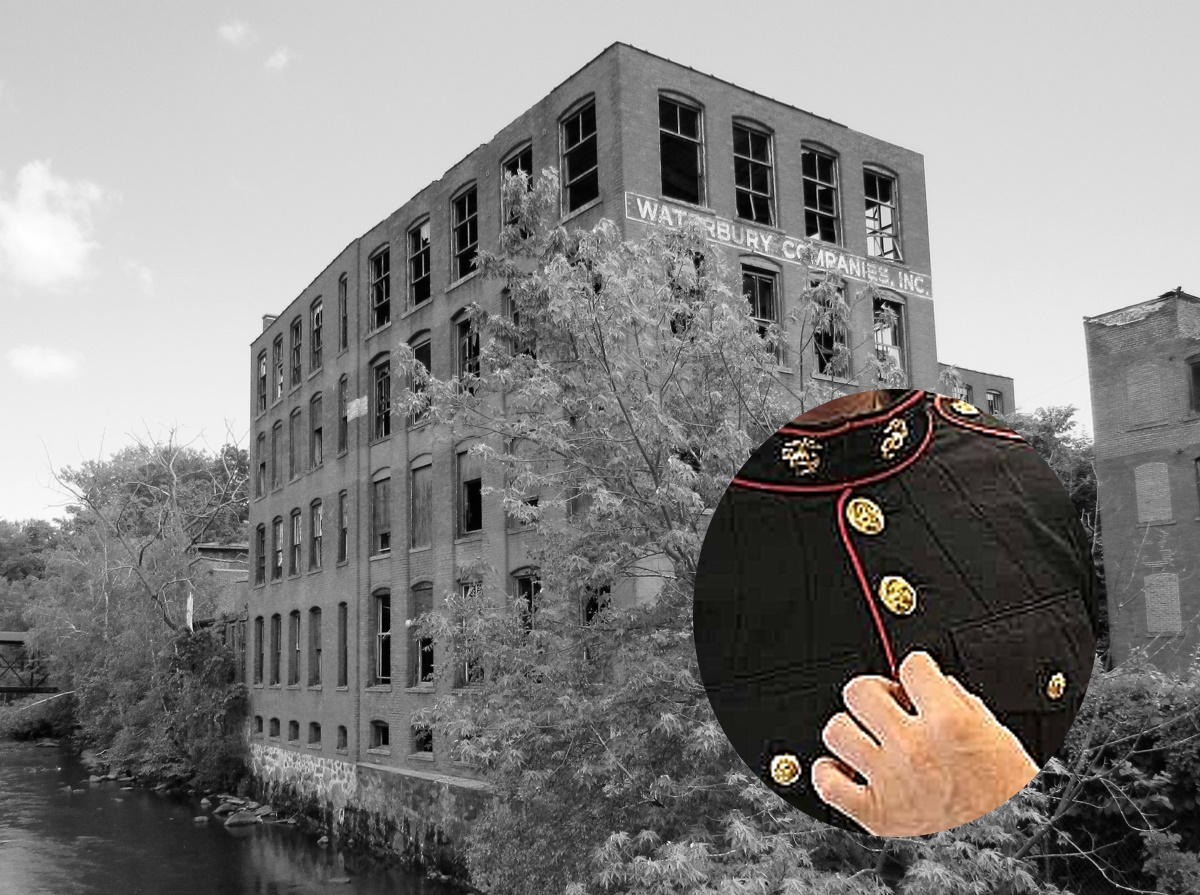3.5K



The Waterbury Button Company, located in Cheshire, Conn., began operations during the War of 1812. It is the oldest and largest producer of stamped metal buttons in the United States.

The button industry in Waterbury began in 1790 when the Grilley Brothers – Henry, Silas and Samuel –made tin and pewter buttons. Two years later they made buttons from sheet brass imported from England.
By 1802 Silas Grilley had teamed up with Abel Porter, Levi Porter, and Daniel Clark to form Abel Porter & Company. They made brass buttons by melting copper and fusing it with zinc. The copper came from local scrap metal, but the zinc came from England. This may have been the first successful use of this process in the United States.
Ingots were then cast from the brass and rolled into sheets, from which stamped buttons were made. Thus, button makers initiated the brass industry in the Naugatuck Valley.
Waterbury Button Company Gets its Start
The War of 1812 gave Aaron Benedict (1785-1873) — to whom the Waterbury Button Company is traceable — the opportunity to make bone and ivory buttons for soldiers’ and sailors’ uniforms. In 1823 he formed his first partnership named “A. Benedict” in Waterbury, which made brass buttons brushed with gilt (a mixture of gold and mercury). By then specialized machinery powered by water was in use. He also hired skilled workers from England.

The old Waterbury Companies building on the Mad River
Following other partnerships in 1829 (Benedict & Coe) and 1834 (Benedict & Burnham), the partners established the Benedict & Burnham Manufacturing Company in 1843. It was the first joint stock company (i.e., owned by its stockholders) in Waterbury.
In 1847 the Benedict & Burnham Manufacturing Company spun off its button division, which became the Waterbury Button Company (incorporated in 1849). The company continued to make brass buttons, but also produced cloth covered, glass, vegetable ivory, plastic and celluloid buttons during the nineteenth century. In 1925 it molded Bakelite, a new plastic, into buttons. Over time its various buttons have been decorated with images of well-known politicians, fictional characters and other adornments.
A New Market for the Waterbury Button Company
After the Naugatuck Railroad began operating in 1849, the market for buttons made by the Waterbury Button Company and its competitors greatly expanded. They no longer had to rely upon local venues, trips to port cities, or peddlers for sales. Moreover, domestic supplies of copper and zinc became readily available after the Civil War.
Since the War of 1812, military buttons have continued to be an important product in peacetime and wartime for the Waterbury Button Company. It made buttons for both the Union and Confederate armies. It also made buttons for the U.S. armed forces in World War I, World War II and succeeding conflicts. Beyond military uniforms, buttons adorned crew members of the Titanic in 1912 and people from various occupations, such as police officers and firefighters.

Both generals wore Waterbury buttons; so did their troops.
As the number and variety of buttons grew rapidly over time, the company’s production facilities greatly expanded. Since the early nineteenth century, the company had also begun selling pins, lamp fixtures, plastic checkers and dominoes, insulated electric wire and hardware. By 1895 the company had occupied several buildings in Waterbury with an estimated 300 to 400 employees, including many women. In the 1890s it introduced a popular metal toy, the “Climbing Monkey,” and built an experimental airplane, the “Multiplane,” in 1929.
During World War II, the company produced plastic lenses for gas masks and bomb fuses. Given its many product lines, the company changed its name — after almost 100 years — to Waterbury Companies, Inc. in 1945. After the war, it further diversified its business into vinyl records, air filtration systems, bread boxes, cleaning products, and other goods.

The Mattatuck Museum in Waterbury has a collection of Waterbury Buttons. Here are a few.
In 2000, OGS Technologies, Inc., acquired the button business of the Waterbury Companies. Once again it renamed the business the Waterbury Button Company. In 2002 the firm relocated to Cheshire, where its buttons continue to be made for military and commercial purposes.
Edward T. Howe, Ph.D., is Professor of Economics, Emeritus, at Siena College near Albany, N.Y.
Images: Button collection By Jllm06 – Own work, CC BY-SA 4.0, https://commons.wikimedia.org/w/index.php?curid=47490506. Former Waterbury Companies building By Farragutful – Own work, CC BY-SA 4.0, https://commons.wikimedia.org/w/index.php?curid=79626386.

